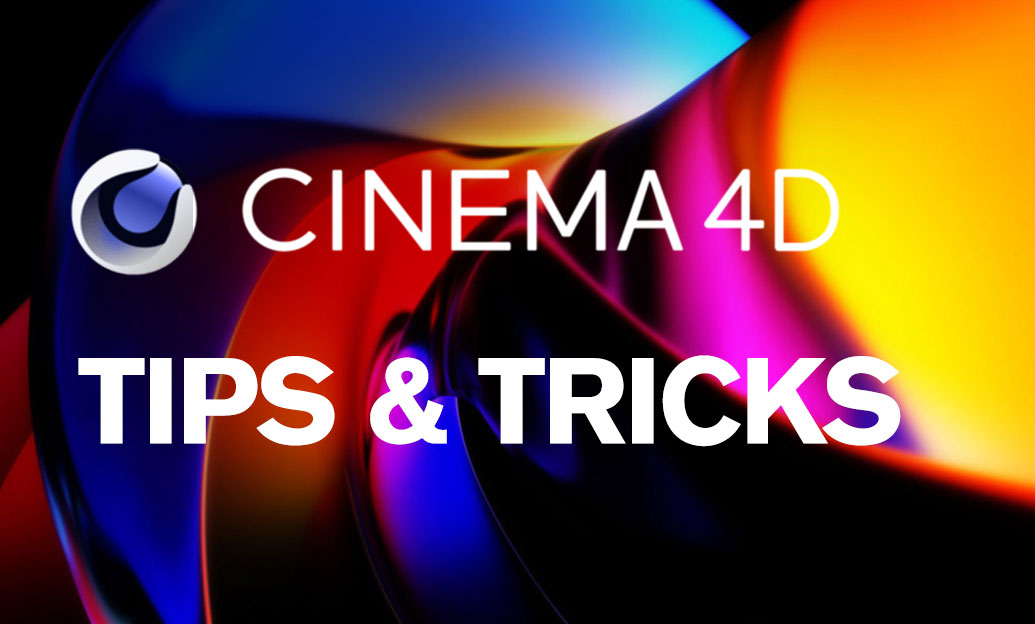Your Cart is Empty
Customer Testimonials
-
"Great customer service. The folks at Novedge were super helpful in navigating a somewhat complicated order including software upgrades and serial numbers in various stages of inactivity. They were friendly and helpful throughout the process.."
Ruben Ruckmark
"Quick & very helpful. We have been using Novedge for years and are very happy with their quick service when we need to make a purchase and excellent support resolving any issues."
Will Woodson
"Scott is the best. He reminds me about subscriptions dates, guides me in the correct direction for updates. He always responds promptly to me. He is literally the reason I continue to work with Novedge and will do so in the future."
Edward Mchugh
"Calvin Lok is “the man”. After my purchase of Sketchup 2021, he called me and provided step-by-step instructions to ease me through difficulties I was having with the setup of my new software."
Mike Borzage
V-Ray Tip: Enhancing Realism with V-Ray Volumetric Materials: Expert Tips and Optimization Techniques
September 13, 2024 2 min read

Enhancing your renders with volumetric materials in V-Ray can dramatically elevate the realism and depth of your scenes. Volumetric materials, such as fog, smoke, and other particulate matter, contribute to the subtle atmospheric effects that are often seen in real-world environments. Below are some expert tips to effectively utilize V-Ray’s volumetric materials in your projects:
Steps to Get Started
- Understanding Volumetric Materials: V-Ray's volumetric materials work by simulating the absorption and scattering of light as it passes through a medium. Common volumetric materials include fog, smoke, and mist.
- Setting Up the Environment: Navigate to the V-Ray environment settings where you can add volumetric effects. This is often done through the 'Environment fog' or 'Volumetric environment' options.
Key Parameters to Adjust
- Density: Controls the opacity of the volumetric material. Higher density values will result in thicker fog or smoke.
- Color: Determines the color of the volumetric material. This can be customized to match the desired mood or atmosphere.
- Scatter GI: Enables the scattering of global illumination within the volumetric material, adding to its realism.
- Scatter Bounces: Defines how many times light will scatter within the volumetric medium before being absorbed. More bounces can lead to increased realism but also longer render times.
Optimizing Performance
- Adaptive Sampling: Utilize V-Ray’s adaptive sampling to efficiently render scenes with volumetric materials. This helps in optimizing the render time without sacrificing quality.
- Volumetric Grid: When working with complex volumetric effects like smoke or fire, consider using a volumetric grid to manage data more effectively and improve performance.
Helpful Tips
- Preview Render: Use lower quality settings for initial previews to quickly see how your volumetric materials affect the scene. This allows for faster iterations before the final high-quality render.
- Lighting Considerations: Pay attention to your scene’s lighting. The interaction between light and volumetric materials can greatly influence the overall look and feel of your render.
- Experiment with Settings: Do not hesitate to experiment with different settings for density, color, and scatter to achieve the perfect atmospheric effect for your scene.
To maximize your efficiency and creativity with V-Ray’s volumetric materials, consider exploring additional resources and tutorials. For more advanced tips and tricks, you can visit NOVEDGE.
For those looking to refine their V-Ray skills further, NOVEDGE offers a variety of resources and software solutions that can help you take your rendering capabilities to the next level. Learn more at NOVEDGE.
You can find all the V-Ray products on the NOVEDGE web site at this page.
Also in Design News

Revolutionizing Telecommunications: The Rise of Advanced Design Software
August 31, 2025 16 min read
Read More
Cinema 4D Tip: Optimizing 2D Matte Integration with Projection Man in Cinema 4D
August 31, 2025 3 min read
Read MoreSubscribe
Sign up to get the latest on sales, new releases and more …



